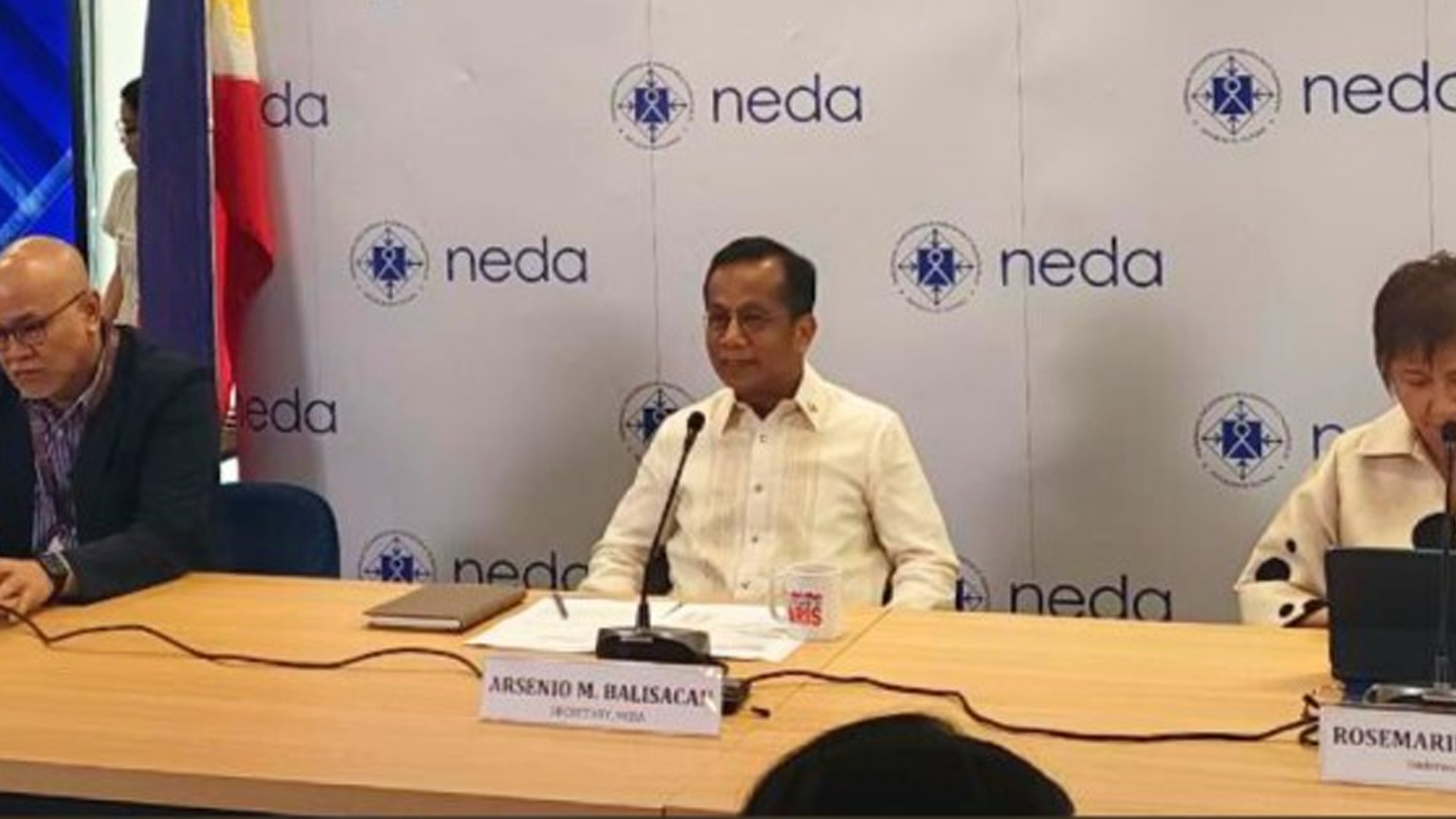The Philippines has a good chance of attaining the upper-middle income status next year if economic growth targets will be attained, National Economic and Development Authority (NEDA) Secretary Arsenio Balisacan said Friday.
“We have a good chance of attaining upper middle-income country (UMIC) status in 2025,” Balisacan said during the year-end briefing held at the NEDA office in Mandaluyong City.
The World Bank defines UMIC economies as those with GNI per capita ranging between $4,516 and $14,005 for the fiscal year 2025.
GNI per capita measures the economic output per citizen, encompassing both domestic and international partner.
As of end-2023, the Philippines’ GNI per capita was at $4,230.
To attain the UMIC status, Balisacan said the country needs to achieve the growth target this year and maintain the growth trajectory in 2025.
He also cited the need for the peso not to weaken significantly relative to the currencies of the country’s trading partners.
Balisacan is optimistic that the 6-percent lower end of the government’s growth target will still be achieved this year.
Philippine economic growth averaged 5.8 percent for the first three quarters of 2024.
“We remain optimistic about the fourth-quarter economic performance. Holiday spending, more stable commodity prices, and a robust remittance inflow and labor market give us confidence that our 6.0 to 7.0 percent growth target is still achievable,” said Balisacan.
Balisacan, however, noted that the series of typhoons that hit the country in the past months affected the agriculture sector.
“On the other hand, the positive forces could outweigh those developments in the agriculture sector,” he said.
Balisacan said the Bangko Sentral ng Pilipinas’ decision to cut policy rates by a cumulative 50 basis points and reduce reserve requirements are expected to spur growth in private spending, particularly on big-ticket consumer items and investments in capital-intensive infrastructure in the coming quarters.
“This move will support economic growth by making borrowing more affordable for businesses and consumers,” he said.
Easing inflation, continuing robust labor market and the continued growth in remittances, he said, will also help boost economic growth.
Balisacan said the government’s goal to lower nationwide poverty from 15.5 percent in 2023 to a single-digit rate by 2028 also remains achievable.
“Maintaining low and stable prices is critical to reducing poverty and making economic growth more inclusive,” he said.
“We will continue to enhance our social protection programs, particularly through digital solutions enabled by the National ID, to protect our gains and ensure that no one is left behind,” Balisacan added.
Balisacan, meanwhile, said that external risks to growth include geopolitical tensions, big- power rivalry, and uncertainty arising from the political-economy dynamics within and between the country’s major trading partners such as the United States.
“With the upcoming assumption of United States President-elect Trump, we maintain that the Philippines is ready to work with any economy and to adjust our policies accordingly, as we have continuously built solid and close relationships with the US and other countries,” he said. (PNA)








